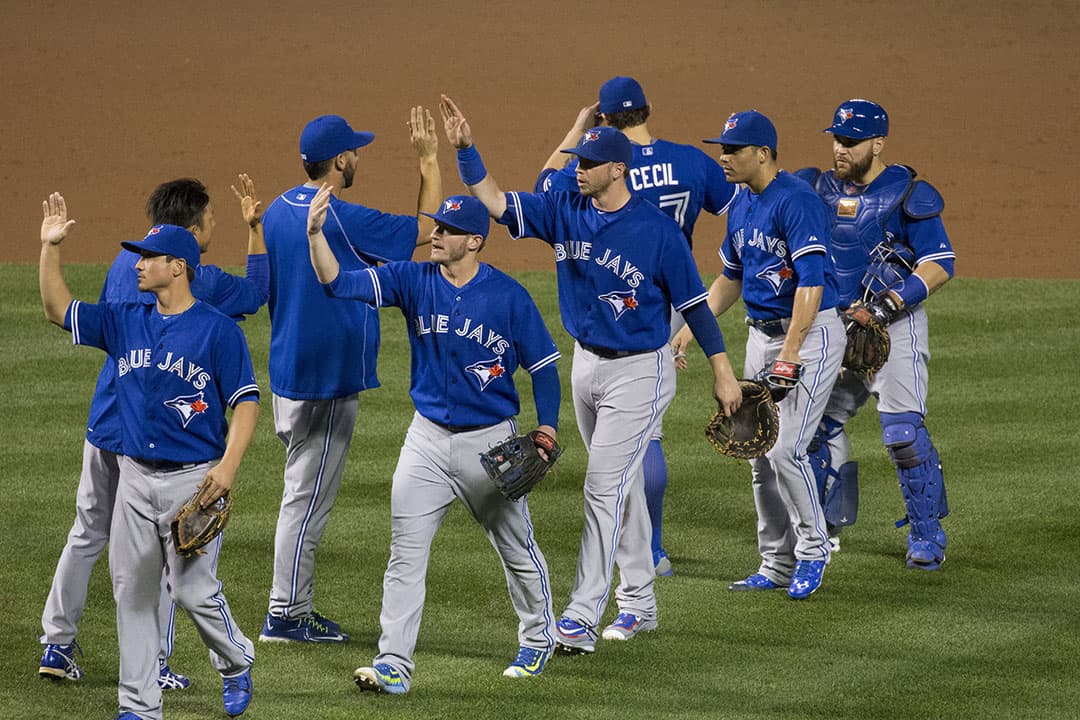Every year, mid-February signals the beginning of spring training for baseball season. In Arizona or Florida, players of all ranks meet to play lazy, unimportant games and warm up for the long season ahead. And with this start, every year without fail, baseball fans forget what spring training is actually about.
From Reddit and Twitter to the Facebook comments section of Sportsnet’s posts, every type of fan can be found complaining about plays so inconsequential that they swiftly escape our memory as soon as the first pitch of the new baseball season is thrown. Whether it is criticisms over a pitcher’s speed and velocity or a hitter’s lack of hustle after a ground ball, spring training elicits unusually pessimistic and overly-serious responses from fans, prompting the question: does spring training actually matter?
The short answer is no. The long answer is absolutely not. Spring training is nothing more than a glorified warm-up for old players and an introductory showcase for minor leaguers. Take the 2010 Cleveland Indians, for example. Although Cleveland won almost 70 per cent of their spring training games that year, they went on to finish the regular season barely winning 40 per cent.
Currently in the Florida Grapefruit League, the Toronto Blue Jays are barely toeing a 50 per cent record: they’ve won nine games and lost eleven. But that’s not important. The few takeaways from the Blue Jays’ spring training are important though, and all of them revolve around the minor league talent.
As has been the case ever since Toronto drafted him, Vladimir Guerrero Jr. has generated the most buzz this spring — but unfortunately, not for the right reasons. Suffering a Grade 1 strain to his left oblique a couple weeks into training, Guerrero was taken out of the game for at least three weeks.
Let’s break down what this means. First, Guerrero will not be starting the season in the majors, as he has been reassigned to play for the minor league after recuperating. The Blue Jays’ front office is probably relieved about this. Because of the strict constraints and policies regarding service time — which dictate when a player reaches free agency — teams try to work around the rules so that their top prospects can remain under team control for as long as possible. This usually means keeping star prospects on minor league rosters longer than necessary, and bringing them up mid-season so that they gain an extra year of service time. This extra year of player control can make a difference of millions of dollars, and can also prolong the exit of a star player in his prime.
Such a move was almost inevitable for Guerrero: everyone anticipated the announcement that he would be beginning his season with Toronto’s minor league affiliate, the Buffalo Bisons, instead of with the Jays at Rogers Centre. But Guerrero’s injury has freed the Jays’ front office from the ire of their already-disgruntled fanbase.
Spring training can give managers a good indication of how they will organize their order — who will bat lead-off? Who will bat clean-up? — and how they will position their outfield. But unless any significant injuries occur, spring training does little to predict the outcome of the regular season.
The baseball season is long and expansive: players reach peaks and lows and experience plateaus several times during the six months of play. To view spring training as anything other than a quick exhibition of up-and-coming minor league talent or a chance for seasoned players to warm up before the start of the gruelling season is naïve.
Marcus Stroman is the opening-day pitcher for the Jays. His first pitch on March 28 will start the baseball season for Toronto, and we’ll all just have to take it from there.


